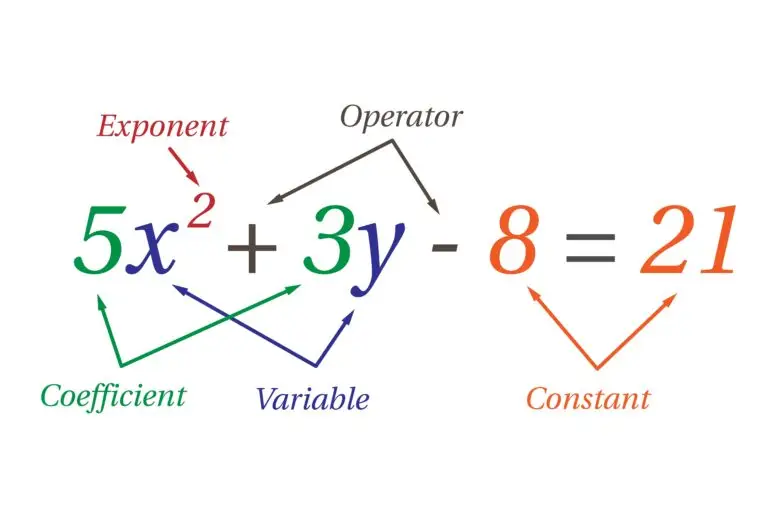Polynomial

Table of Contents
What is a Polynomial?
A polynomial is a mathematical expression consisting of one or more terms, each of which is the product of a constant (called the coefficient) and a non-negative integer power of one or more variables.
Structure
A polynomial comprises terms with a coefficient multiplied by a variable raised to an exponent, a non-negative integer. The coefficient is a numerical factor, while the variable can be something like x or y, and the exponent tells us how many times the variable is multiplied by itself.
This structure allows polynomials to represent a wide range of mathematical relationships in a compact form, enabling easy manipulation and calculation in various algebraic tasks.
No Negative Exponents
In a polynomial, the exponents of the variables must always be non-negative integers, meaning they can be 0, 1, 2, and so on, but never negative.
This rule ensures that the terms of a polynomial will not involve division by the variable, maintaining the polynomial’s structure of whole-number powers and keeping its behavior predictable and consistent across various mathematical operations.
Variable Powers
In mathematics, variables in a polynomial can be raised to different powers, reflecting how many times a variable is multiplied by itself. Each term of the polynomial may contain one or more variables, each potentially having its power.
Addition or Subtraction of Terms
Terms in a polynomial are added or subtracted, but there are no divisions by variables.
Examples of Polynomial
Constant Polynomial:
- P(x)=5 is a polynomial of degree 0 (constant polynomial).
Linear Polynomial:
- Q(x)=3x-2 is a polynomial of degree 1 (linear polynomial).
Quadratic Polynomial:
- R(x)=2x^2+7x-1 is a polynomial of degree 2 (quadratic polynomial).
Cubic Polynomial:
- S(x)=4x^3-x^2+3x+6 is a polynomial of degree 3 (cubic polynomial).
Not Polynomials
Negative Exponents:
- T(x)=\frac{1}{x} is not a polynomial because it has a negative exponent.
Radical Expressions:
- U(x)=\sqrt{2x+1} is not a polynomial because it involves a square root.
Divisions by Variables:
- V(x)=\frac{2}{x}+3x is not a polynomial because it has a term with a variable in the denominator.
Related Links
Binomial
Like Terms
Monomial
Term